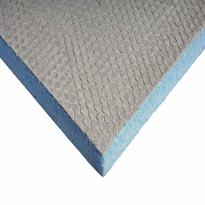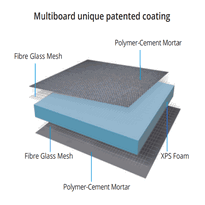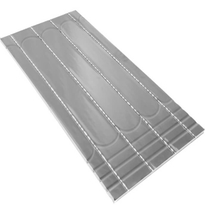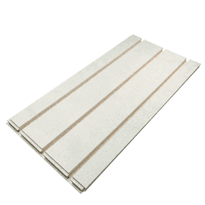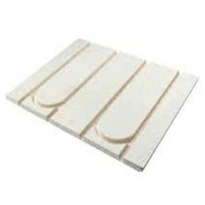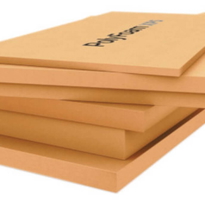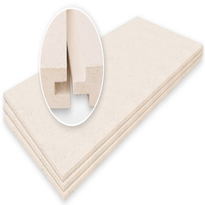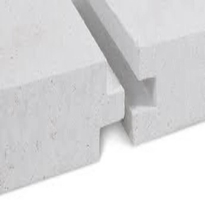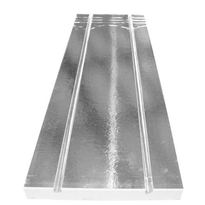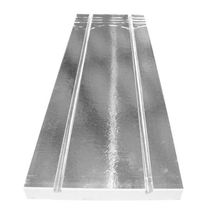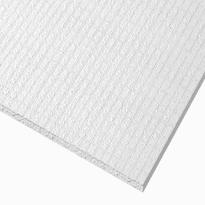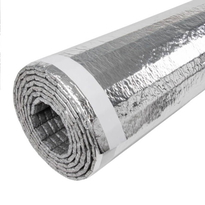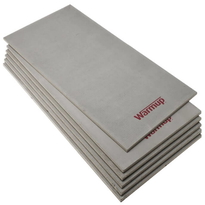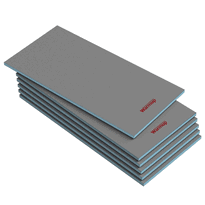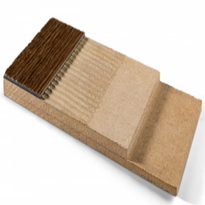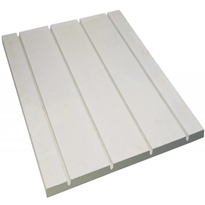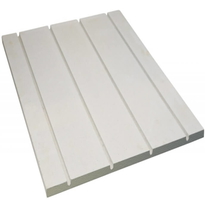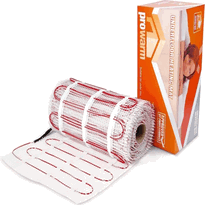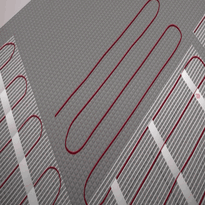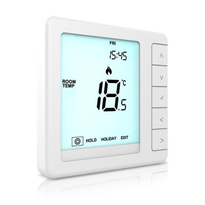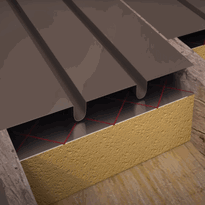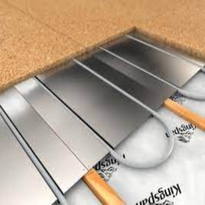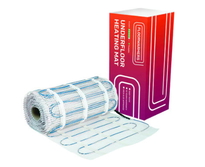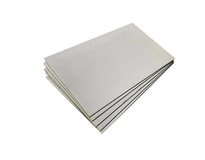Underfloor Heating Insulation
Underfloor heating insulation involves choosing materials that minimise heat loss, enhance energy efficiency, and promote even warmth distribution. Common options include cork for sustainability, expanded polystyrene (EPS) for affordability, polyurethane foam for durability, and reflective barriers to reflect heat. Proper insulation amplifies system performance by reducing heat escape, cutting down on energy consumption, and preventing cold spots.
Several factors influence the choice of insulation, such as environmental impact, thermal properties measured in K-Values or U-Values, and ease of installation. Advances in insulation technology continue to emerge, with materials like aerogel and phase change materials offering further improvements in efficiency and sustainability.
Selecting the right insulation not only improves the comfort of heated spaces but also reduces overall energy use, making underfloor heating systems more effective and environmentally friendly.
Common Materials Used for Insulation in Underfloor Heating
Selecting an appropriate insulation material is a crucial step in ensuring the efficiency and longevity of an underfloor heating system. By understanding the common options available, homeowners and installers can make informed decisions based on performance, cost, and environmental considerations. Cork is a natural and sustainable choice, offering excellent thermal properties and moisture resistance. Its ability to maintain system efficiency makes it particularly suitable for use beneath underfloor heating. Additionally, cork is environmentally friendly and provides a comfortable sub-floor surface. Expanded polystyrene (EPS) is a lightweight and cost-effective insulation material widely used in UK installations. It conforms easily to various surfaces and installation conditions, making it a versatile option for many projects. Its thermal resistance helps to minimise heat loss, improving overall system performance. Polyurethane foam boasts high compressive strength and moisture protection, which can extend the lifespan of an underfloor heating system. Its durability and excellent thermal insulation qualities make it a popular choice for demanding applications. Polystyrene foam, known for its high thermal insulation capacity, is durable and frequently used in underfloor heating setups. It helps to effectively reduce heat transfer, ensuring efficient and consistent heating throughout the space. Reflective barriers, such as aluminium foil, can be combined with other insulation materials to reflect heat back into the room. This optimisation of heat distribution helps to conserve energy and improve the overall effectiveness of the underfloor heating system. Incorporating thermal energy efficiency principles in material selection enhances overall system performance and reduces energy costs.
Benefits of Proper Underfloor Insulation
Proper underfloor insulation provides numerous benefits, greatly improving the efficiency and performance of heating systems. It reduces heat loss, enabling the system to function up to 50% more effectively, which results in lower energy consumption and decreased utility bills. Effective insulation is essential for maximizing energy savings. By directing heat upwards, insulation ensures even distribution across the floor surface, eliminating cold spots and delivering consistent, comfortable warmth throughout the room. Moreover, insulation shortens the time needed for the heating system to reach the desired temperature, enhancing its responsiveness. It also helps to minimise sound transmission between floors, creating a quieter indoor environment. Additionally, well-installed insulation protects the subfloor from heat-related damage, thereby extending the lifespan of the entire heating system. The use of innovative product technologies from leading manufacturers like Polypipe ensures that insulation solutions meet high standards of durability and performance.
Key Factors to Consider When Choosing Insulation
When choosing insulation for underfloor heating, several key factors influence both the effectiveness and sustainability of the selected material.
First, environmental considerations such as eco-friendly manufacturing, recyclability, and low environmental impact are essential. Options like cork and recycled polystyrene are particularly prominent due to their sustainable credentials. These materials contribute to a more environmentally responsible installation and help reduce the overall carbon footprint.
Second, thermal performance is a crucial factor. The insulation's ability to minimise heat loss and optimise heat distribution is measured using K-Values and U-Values. Lower U-Values indicate better insulation, aiding in maintaining consistent temperatures and improving energy efficiency.
Third, installation factors must be carefully evaluated. Ease of handling, compatibility with existing subfloors, moisture resistance, and structural support all affect how smoothly the system can be installed and how reliably it will operate over time. Proper integration with existing flooring systems ensures optimal functioning of the underfloor heating.
Fourth, cost-effectiveness and durability are important considerations. Materials like expanded polystyrene (EPS) offer a balanced blend of affordability and strength, providing long-term value. Adequate durability ensures the insulation will withstand the rigours of installation and ongoing use without compromise.
Additionally, choosing insulating materials with fire safety ratings like Euroclass A1 enhances overall safety and compliance with building standards for underfloor heating systems.
How Insulation Affects System Performance and Efficiency
Insulation plays a vital role in enhancing the energy efficiency of underfloor heating systems by effectively reducing heat loss and promoting quicker, more uniform warm-up times. Proper insulation ensures that heat is directed upwards into the room rather than escaping downward through the floor, thereby improving overall system performance. High-quality insulation materials retain heat within the flooring, which boosts efficiency, cuts energy consumption, and can result in savings of around 15% on heating bills. Additionally, thermal insulation materials have [soundproof and waterproof properties](https://www.warmup.com/underfloor-heating/insulation), which can add extra benefits for the space. Furthermore, effective insulation supports even heat distribution, increasing comfort and responsiveness of the system. Detailed attention to installation quality can significantly influence the effectiveness of the insulation and overall system performance. It also reduces the need for prolonged operation, helping to extend the lifespan of the system by minimizing wear and tear. As a result, well-insulated systems operate more consistently, conserve energy, and provide reliable, cost-effective heating solutions.
Emerging Trends and Future Developments in Insulation Technology
Emerging trends and future developments in insulation technology are predominantly driven by rapid advancements in materials science and the increasing demand for energy-efficient building solutions within the UK construction sector. Notable innovations include:
1. Phase Change Materials (PCMs): These actively store and release thermal energy, helping to maintain stable indoor temperatures and reduce reliance on heating and cooling systems. Their ability to optimise temperature regulation makes them an attractive option for sustainable building design.
2. Aerogel Insulation: Known for its superior thermal resistance, aerogel offers an exceptionally thin profile, making it ideal for retrofit projects and new constructions where space is at a premium. Its lightweight properties and high insulating performance contribute to more efficient building envelopes.
3. Nanotechnology-Enhanced Insulation: By incorporating nanoparticles, this innovative approach improves the durability and thermal performance of insulation materials while maintaining thinner layers. Such advancements enable installers to enhance insulation performance without compromising internal space.
4. Biobased and Recycled Materials: The utilisation of environmentally friendly materials such as hemp, recycled fibres, and other bioresourced options helps reduce the environmental footprint of insulation solutions. These sustainable options align with the UK's commitment to green building practices and low-carbon construction. Additionally, the growth of the electric underfloor heating market, valued at USD 2.6 billion in 2024, demonstrates a broader industry trend towards integrating energy-efficient heating solutions with sustainable insulation to achieve optimal building performance. Moreover, the implementation of comprehensive modern slavery policies ensures supply chain transparency and ethical sourcing of these advanced materials in compliance with national laws.
These technological developments are expected to significantly improve energy efficiency, facilitate easier retrofit processes, and enhance integration with smart building systems. They support the broader shift within the UK construction industry towards sustainable, innovative, and high-performance insulation solutions suited to future demands.
Conclusion
Effective underfloor heating insulation improves system efficiency, reduces energy costs, and provides consistent warmth. Selecting suitable materials based on thermal properties, durability, and compatibility is essential for optimal performance. Proper installation and keeping abreast of emerging insulation technologies can further enhance system longevity and sustainability. Focusing on accurate insulation choices and following best practices ensures reliable operation, cost savings, and energy conservation, making underfloor heating an effective and efficient heating solution for homes and businesses across the UK.
